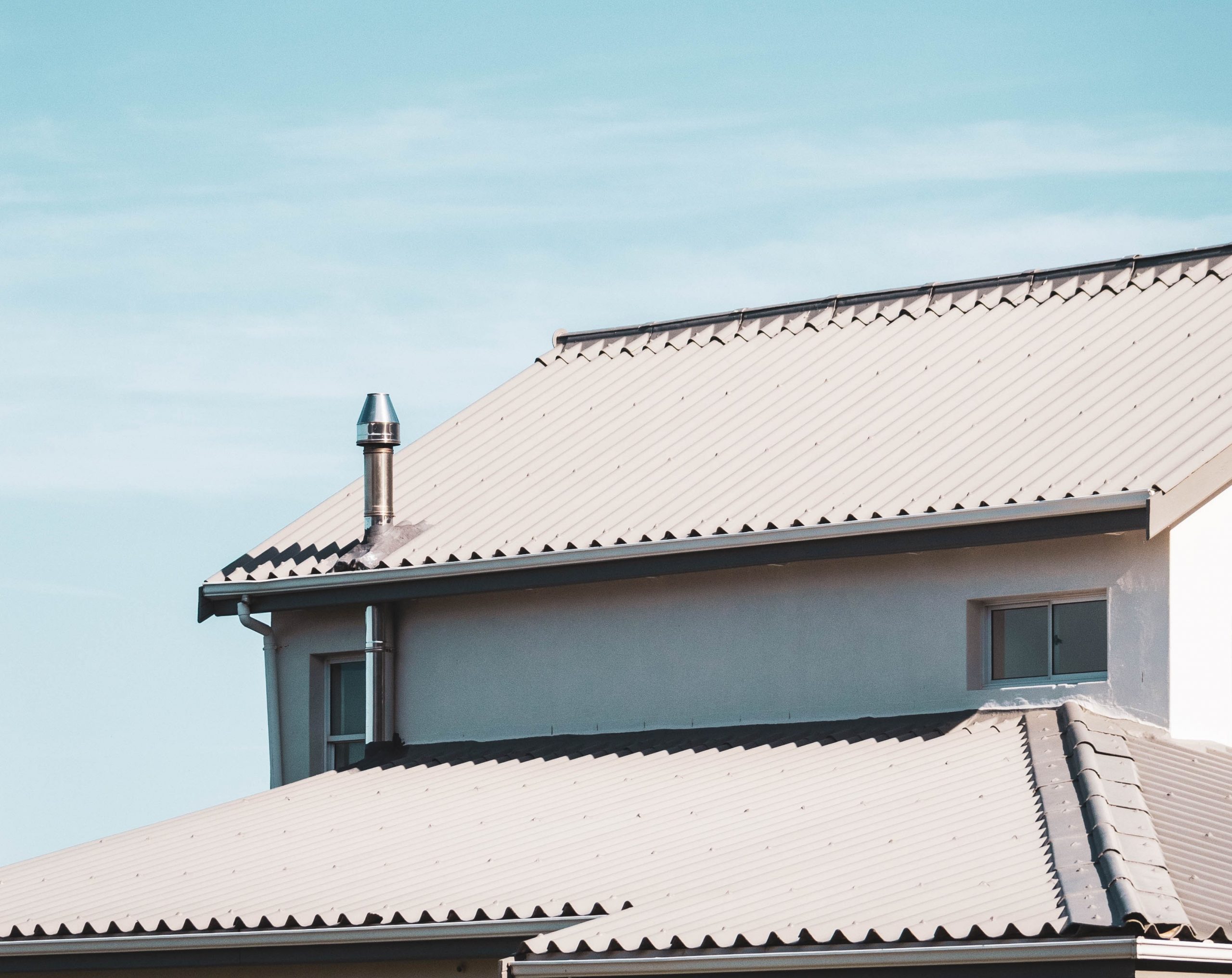One of the most important aspects of any home is a roof. It protects your home from natural elements and the weather, it provides a frame for other architectural features, and it helps protect its inhabitants from bugs, pests, and other creatures that crawl into your living space. There are two types of roofs that people commonly use in North America: gable roofs and flat roofs. Which one should you choose?
In this article we will explore how each type has its merits and drawbacks to help make an informed decision on which one to use in your house or building project.
Gable Roofs
Gable roofs are commonly found in North America because they are less expensive to purchase, install, and repair than flat roofs. Also, they offer more interior storage space due to their gable form than a flat roof. These factors have made gable roofs common in residential and commercial applications. One major drawback of gable roofing is that they do not provide good snow and ice protection. There is also the chance that your home will be susceptible to wind damage during winter storms due to their exposed structure and large surface area.
Flat Roof
Flat roofs have gained popularity recently in North America, and for good reason. Flat roofs are less expensive than gable roofs to purchase, install, and repair. They are also quite easy to heat in the winter and cool in the summer, which can translate into significant energy savings. The disadvantages of flat roofs can be an increased chance of leaks due to their flexible membranes (commonly known as tar paper) and greater chance of wind damage and wear because they lack a sturdy frame like a gable roof. However, you can minimize the wear on your roof by installing a strong drainage system that channels water away from your home.
Flat roofs also tend to be more environmentally friendly compared to gable roofs. Flat roofs can help lower energy bills by allowing for the sun’s radiant heat to warm your home during winter and its natural cooling system in summer. The biggest issue with flat roofs is that they only have a lifespan of 10 to 20 years, unlike gable roofs which typically last 20 to 40 years.
Which is better, a gable or a flat roof?
In our opinion both have their pros and cons, which is why roofs are commonly designed with a combination of both. Gable roofs are typically used in areas where snow and ice are a common occurrence during the winter months. While flat roofs can be better in warmer climate regions that receive significant rainfall but rarely experience snow or ice storms. In either case, having a roofer willing to discuss your specific project requirements is key to designing the best roof for your home or commercial structure.
Bottom line
If you live in an area that gets significant snow and ice storms during the winter and require more than a light dusting of moisture, then you should choose a gable roof. If the weather is hot and humid, or you don’t deal with heavy precipitation then a flat roof might be better for your home. Either way, having a knowledgeable roofer will keep your home protected from both inclement weather and the elements.
